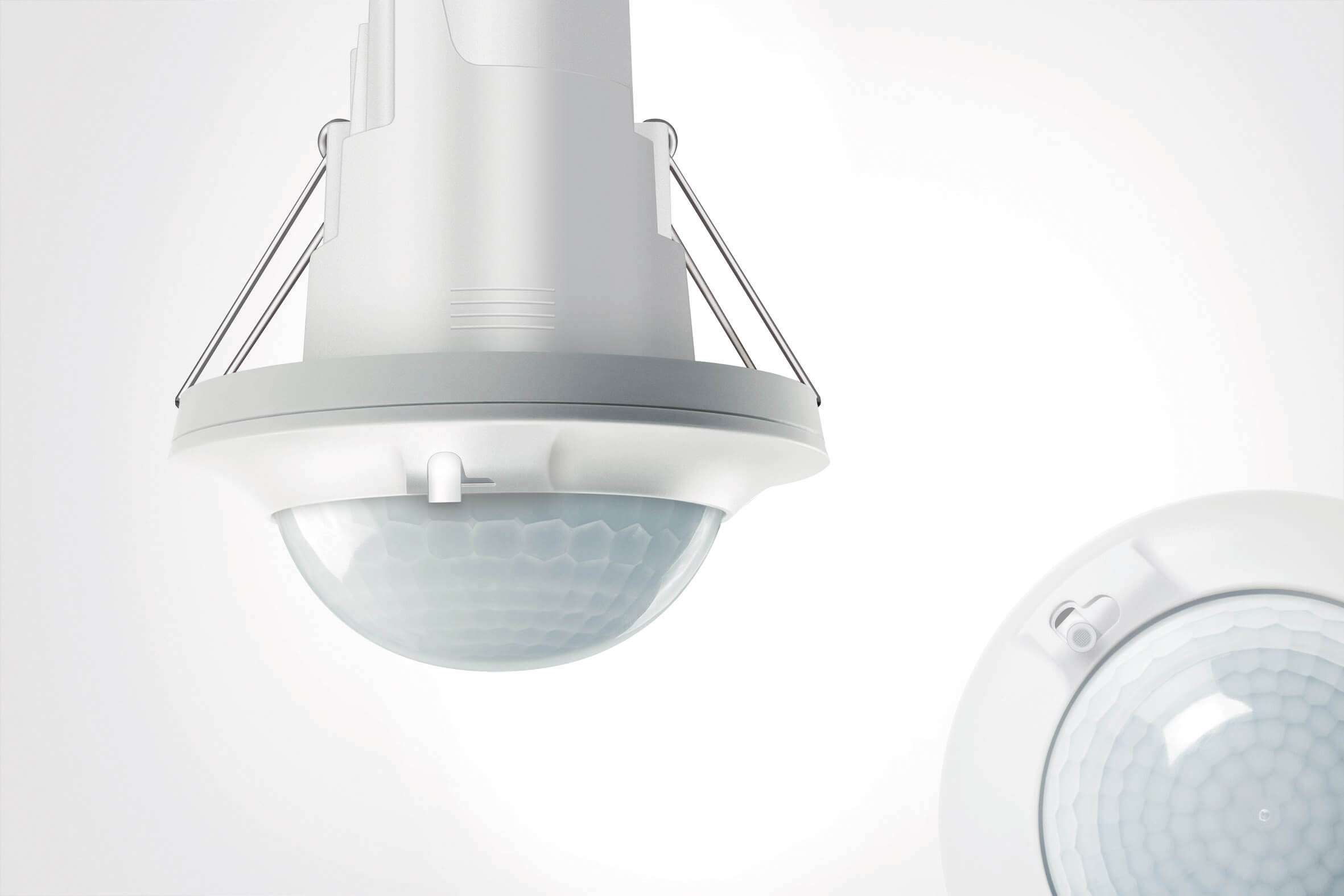What are microwave sensors?
Microwave sensors, also known as radar, rf, or doppler sensors, track human targets walking, moving, or crawling in an outdoor environment. Microwave sensors produce an electromagnetic (rf) field between the transmitter and receiver, resulting in an unseen volumetric detection region. Microwave sensors have been mounted on all potential unauthorized roads. It sends out a high-frequency microwave signal, which is mirrored by any unwanted vehicle that passes through its detection zone.
What are microwaves?
Electromagnetic radiation includes microwaves. Electromagnetic waves are made up of oscillating electric and magnetic fields that travel at the speed of light, which is 299 792 458 m/s. They are distinguished by several main properties, including frequency or wavelength, intensity or power, and polarization.
Types of microwave sensors
· Altimeters: these calculate the height of a surface by measuring the time it takes a microwave to reflect from the surface and translating it to a distance that is subtracted from the platform altitude.
· Synthetic aperture radar (SAR): such radars provide high-resolution imagery in the along-track or azimuth direction by using the platform’s motion to create a long antenna. The magnitude of the reflected energy from the surface, known as ‘backscatter,’ in each pixel is related to both the surface composition and surface roughness at the wavelength scale by the dielectric constant.
· Polarimetric SAR: polarimetric SAR systems produce imagery from different polarizations. Polarimetric data aids in the separation of surface roughness detail from surface structure effects on backscatter. Sensitivity to orientation and improved surface scattering knowledge allow for more precise surface characterization and more accurate quantitative parameter estimation.
· Stereo SAR: stereo determines topographic detail by using SAR imagery obtained from various vantage points. Objects at various elevations of SAR images, like optical image stereo pairs, cause parallax or image distortion that is equal to the height above a reference surface.
· Interferometric SAR: interferometric sars, including stereo sars, use data collected from various vantage points to calculate topographic or surface displacement detail. Since the parallax of interferometric systems is usually much smaller than a pixel, the topographic information is derived from a phase sensor, which allows for exceptionally precise parallax, or range difference, measurements.
How do they work?
Motion detectors send out microwave signals and time how long it takes for the signal to be transmitted back to the sensor; this is known as the echo time. The echo time is used to measure the distances of all stationary objects in the detection region to create a baseline on which to operate. Unfortunately, an individual coming into the detector zone disrupts the microwave beam, increasing the echo time and activating the lights – this may cause sensors to be too sensitive.
How can they be used in lighting?
Microwave motion sensors work differently than passive infrared sensors, which are most widely used. The mw sensor emits microwaves and analyses the echo that returns to the system. If the action alters the echo pattern, the sensor may respond by turning on the light.
Microwave sensors have a reliable ability to track activity through a wide range of temperatures. However, the detection sensitivity of pir sensors can differ depending on the weather. Furthermore, infrared sensors are susceptible to dust and smoke and have a reduced lifetime.
Microwave sensors can sense movement through nonmetal materials like glass and even thin walls. Since the sensor can be mounted out of sight or inside the luminaire, it has further installation options.
How is it saving energy?
In addition to the standard on/off regulation of a luminaire, some sensors have a broader range of functions. You may also choose 2-step or 3-step dimming. You can build broader networks of luminaires by using rf communication between sensors to monitor several luminaires at the same time. Some models have built-in daylight sensors, allowing you to completely use daylight while maintaining adequate light levels at dusk and dawn. This is known as daytime harvesting.
The biggest benefits were realized in rooms and environments where daylight has a huge effect on lighting conditions, such as by big windows. In addition to energy savings, using these sensors extends the life of your luminaires while they are not turned on until the light is specifically needed.
The best possibilities for these sensors
Correct lighting makes reading and writing more fun, increase protection, and can even be beneficial to one’s wellbeing. So, where can these sensors be used to get the most out of them? Any sensors are self-contained and can be linked to the led engine. The driver is already used in other sensor devices. This offers you more flexibility when it comes to lighting configuration.
Pir v/s microwave sensors
Pir sensors are neither scientifically superior nor inferior to microwave sensors. Both sensor styles have benefits that are ideally suited to diverse environments and activities. Lights with pir sensors are usually the safest option for use as security lights. They only detect activity from living objects so that they can provide fewer false alarms. Microwave sensors, on the other hand, can be configured only to detect activity from human-sized objects; however, this is typically achieved in the factor before the sensors are mounted in the lamps.
Pir sensors need the object to move through its field of vision to detect it. As a result, they are suitable for well-marked areas such as corridors, walkways, entryways, and alleyways, where they cannot be avoided. Microwave sensors, on the other hand, do not need a clear line of sight to detect movement. As a result, they are best suited to oddly designed rooms and spaces with many obstacles. They also may not rely on heat signatures, making them more accurate in hot environments where a PIR sensor can be ineffective.
Microwave sensors are also much more sensitive, making them ideal for detecting extremely fine movement. However, they can be unsafe in an open field or around homes because they may be caused by blowing leaves, shifting trees, and other small items. A PIR sensor light is much more powerful and reliable for garden and home protection.







Leave A Comment